
Ms. Alexandra Meyers is a human health risk assessor with 13 years of technical experience in the fields of environmental health science, toxicology, and exposure assessment. She has provided regulatory and litigation support for private clients and public agencies for contaminated sites throughout the U.S. Ms. Meyers has managed a wide variety of projects, including baseline human health risk assessments, screening and remedial goal evaluations, and vapor intrusion assessments. She has experience evaluating the potential health impacts associated with per- and polyfluoroalkyl substances (PFAS), PCBs, chlorinated solvents, dioxins and furans, PAHs, total petroleum hydrocarbons, and metals through multimedia exposures. Her extensive experience in leading human health risk assessments is focused on understanding the uncertainty and variability in exposure patterns and how that influences risk characterization results.
M.P.H., Environmental Health, Eastern Virginia Medical School, Norfolk, Virginia, 2010
B.S., Human Nutrition, Foods, and Exercise, Virginia Tech, Blacksburg, Virginia, 2007
Board Certified Environmental Scientist in Environmental Toxicology, American Academy of Environmental Engineers and Scientists, 2024
Hazardous Waste Operations and Emergency Response 40-Hour Certification (2011, 2021)
Alexandra Meyers, MPH, BCES Consultant
Ms. Alexandra Meyers is a human health risk assessor with 13 years of technical experience in the fields of environmental health science, toxicology, and exposure assessment. She has provided regulatory and litigation support for private clients and public agencies for contaminated sites throughout the U.S. Ms. Meyers has managed a wide variety of projects, including baseline human health risk assessments, screening and remedial goal evaluations, and vapor intrusion assessments. She has experience evaluating the potential health impacts associated with per- and polyfluoroalkyl substances (PFAS), PCBs, chlorinated solvents, dioxins and furans, PAHs, total petroleum hydrocarbons, and metals...
Ms. Alexandra Meyers is a human health risk assessor with 13 years of technical experience in the fields of environmental health science, toxicology, and exposure assessment. She has provided regulatory and litigation support for private clients and public agencies for contaminated sites throughout the U.S. Ms. Meyers has managed a wide variety of projects, including baseline human health risk assessments, screening and remedial goal evaluations, and vapor intrusion assessments. She has experience evaluating the potential health impacts associated with per- and polyfluoroalkyl substances (PFAS), PCBs, chlorinated solvents, dioxins and furans, PAHs, total petroleum hydrocarbons, and metals through multimedia exposures. Her extensive experience in leading human health risk assessments is focused on understanding the uncertainty and variability in exposure patterns and how that influences risk characterization results.
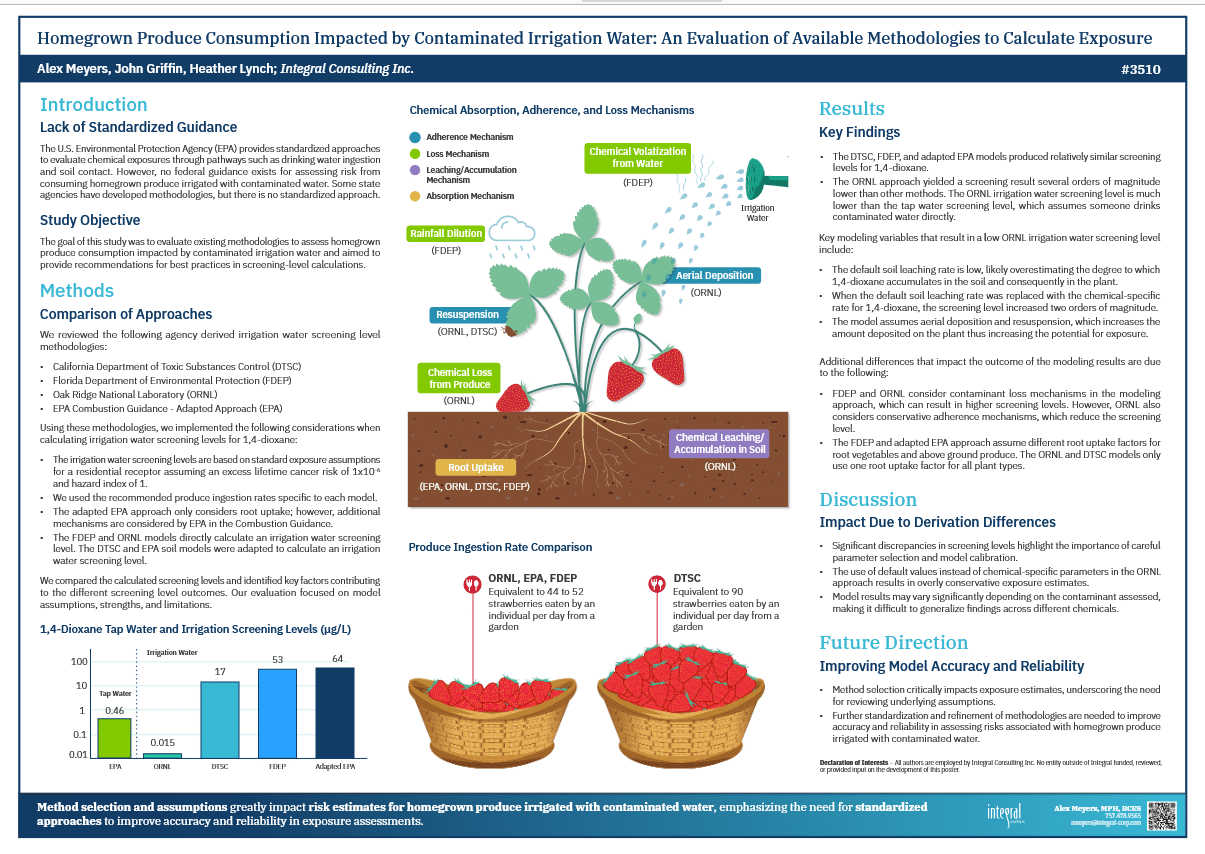
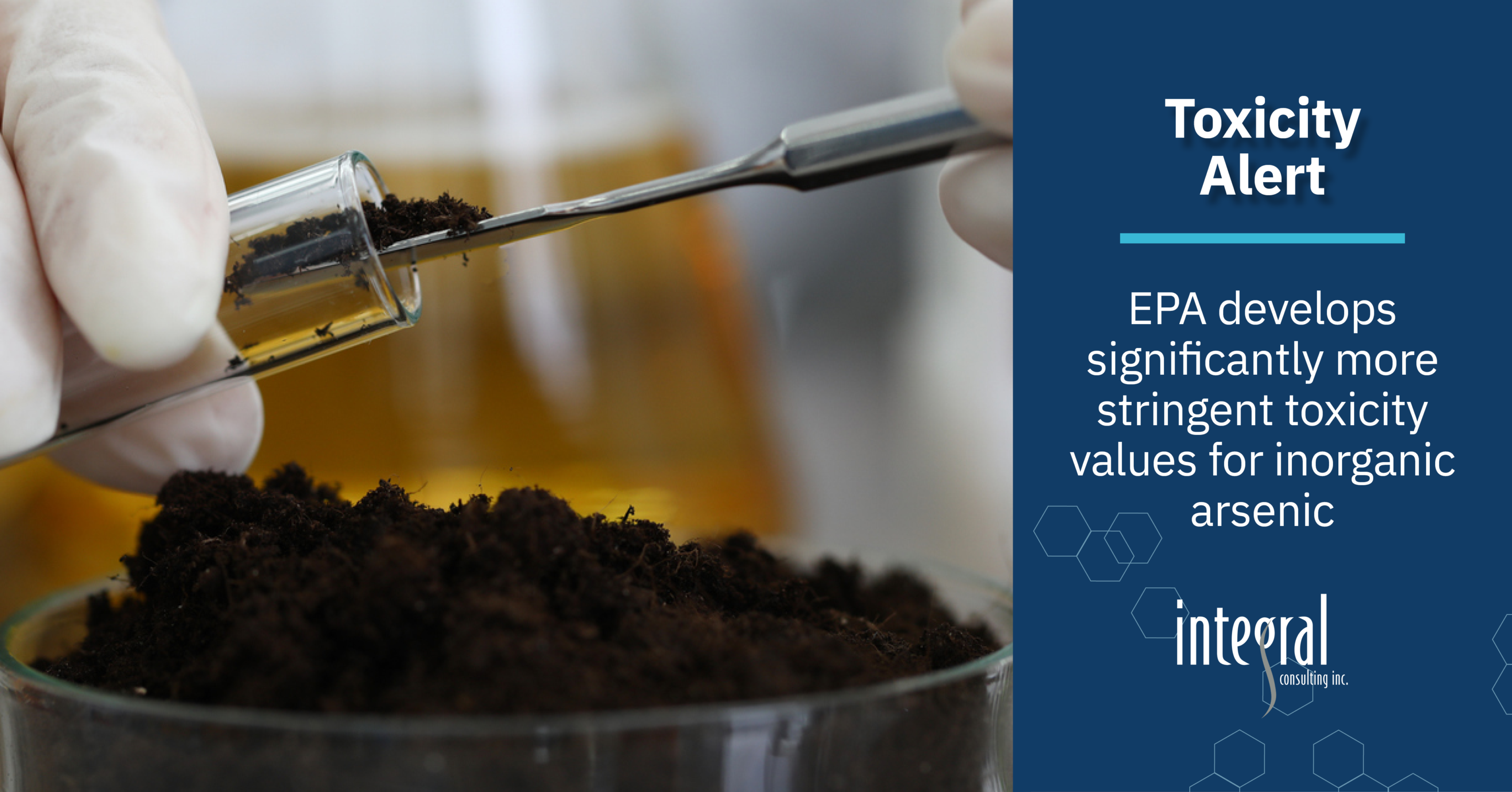
Inorganic Arsenic Human Health Toxicity Update: Key Changes and Implications
Press Release
February 04 2025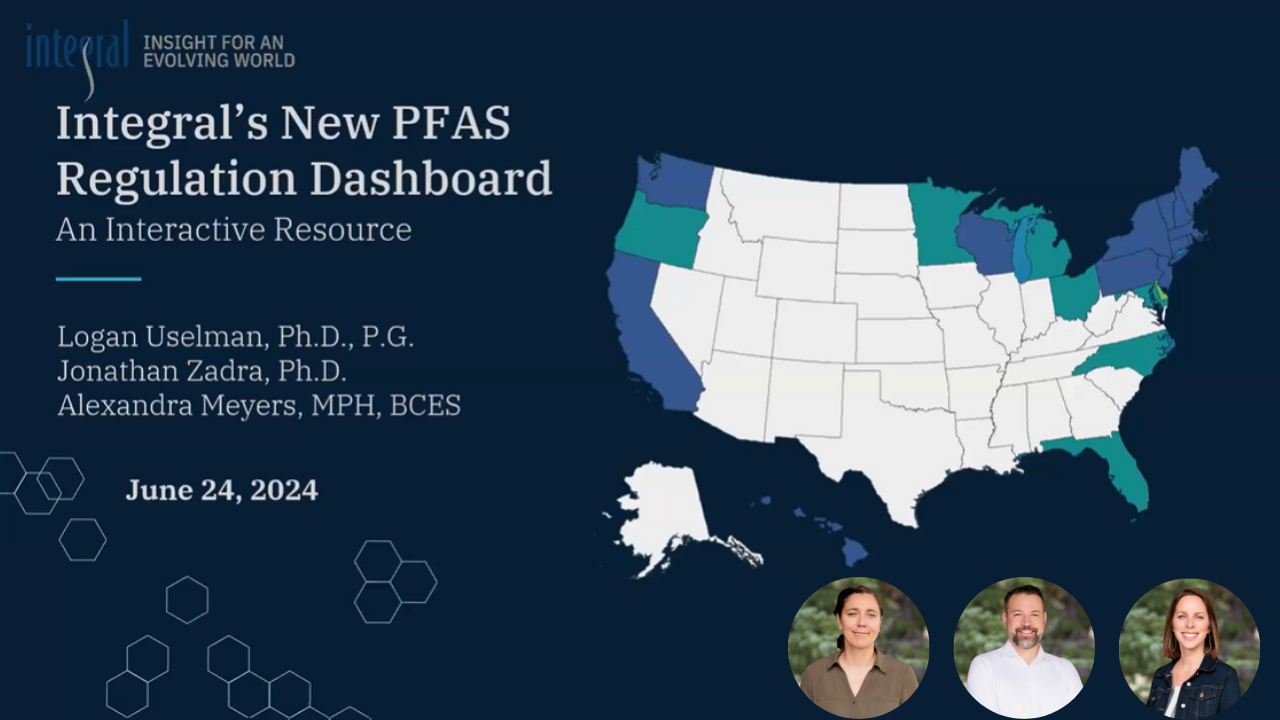
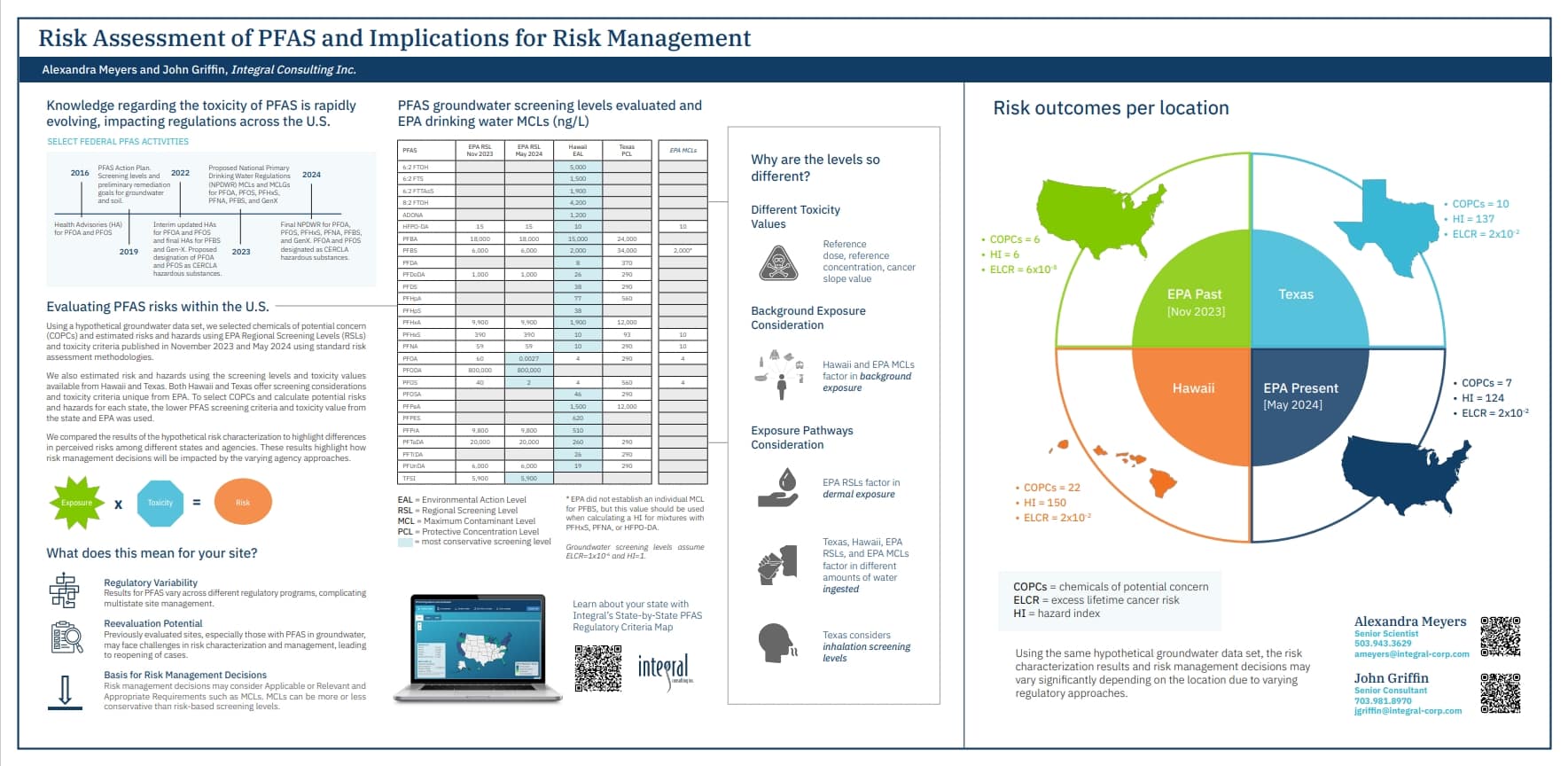
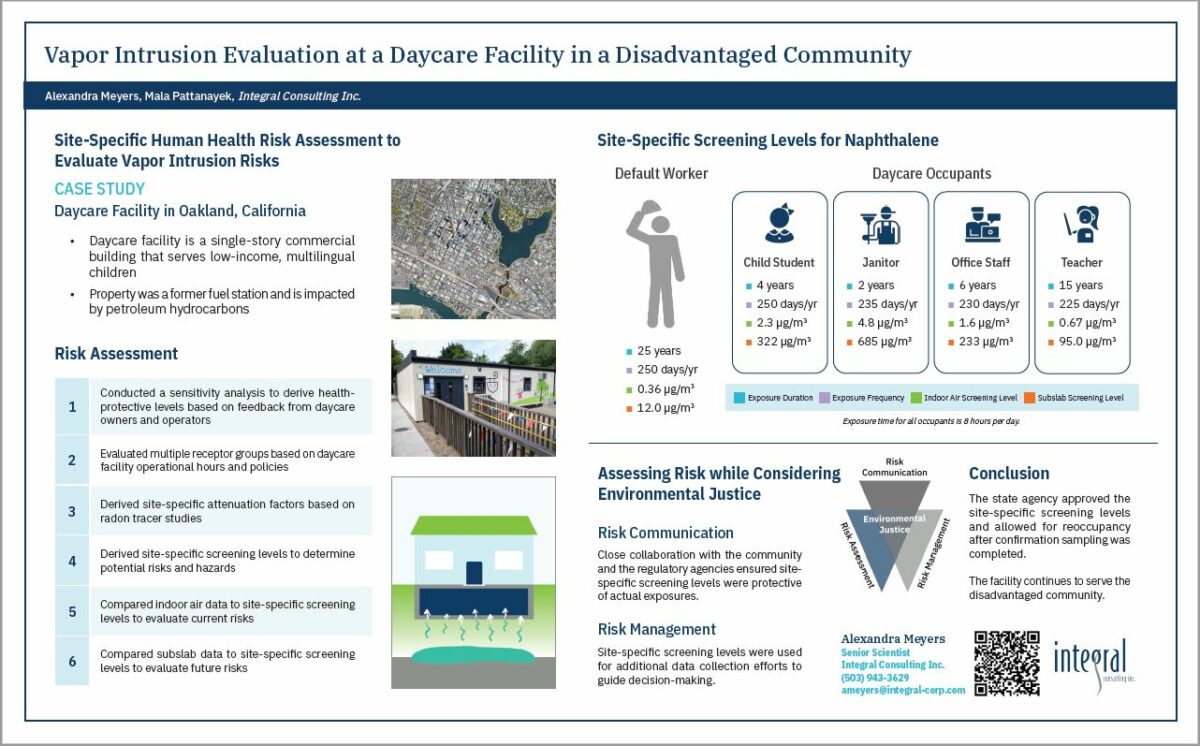



Vapor Intrusion Evaluation at a Daycare Facility in a Disadvantaged Community
Case Study
July 11 2022

